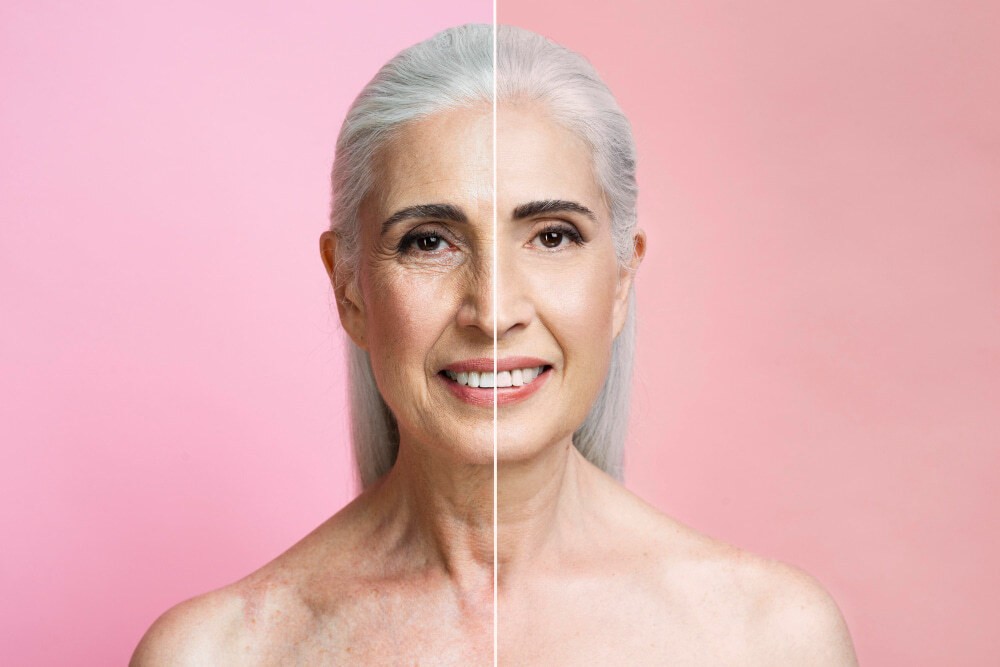When it comes to facelifts, they all involve removing some skin and pulling up the remaining skin, thereby lifting the face and reducing or eliminating sagging and wrinkles. There are several methods through which this can be done. One of the most promising methods is a deep plane facelift. This type of facelift takes into account the underlying musculature of the face, providing a more natural-looking result.
What is a deep plane facelift and how is it different from a traditional facelift?
Although they both “lift” the face, the results of a deep plane facelift look the most natural. Traditional facelifts involve cutting away extra skin and suturing the remaining skin and also manipulating the SMAS by pulling it with sutures. While this effectively gets rid of fine lines, wrinkles, and sagging, the results leave something to be desired and can produce an unnatural “pulled” appearance. A deep plane facelift, on the other hand, is different. Also known as an SMAS deep plane facelift, it targets the SMAS (superficial musculoaponeurotic system) with the overlying fat pads and attached skin in a composite flap, extending all the way into the neck rather than just the skin. Furthermore the ligaments that attach the skin to underlying muscle and bone are cut, allowing for a much more effective release of droopy soft tissue and skin. This is the deeper underlying muscle and soft tissue layer. Because all the musculature and soft tissue layers are lifted along with the skin after the ligaments in the face and neck are cut, the result looks more natural than that of a traditional facelift.
What age is best for deep plane facelift?
The best age for a facelift varies from person to person. Everyone experiences signs of aging at different rates. The rate at which skin ages is influenced by genetics, skin upkeep, and even things like sun exposure and general lifestyle choices such as smoking. In general, however, many choose to get a facelift around their mid-forties and up. If you’re considering a facelift, it’s important to meet with a reputable surgeon who can assess your needs and let you know whether a facelift is recommended for your particular case.
How long does a deep plane facelift last?
A deep plane facelift can be expected to last about 10 years. After that point, further aging of the skin may necessitate another procedure to maintain results.
Does a deep plane facelift include the neck?
A deep plane facelift includes the middle and lower face. This targets the cheeks, around the nose and mouth, and (to some extent) the jowls. It does not target the forehead or brows. If necessary, you may opt for a brow lift, which can be done during your facelift. If your eyes could use some rejuvenation, a blepharoplasty can help. And for the neck,usually it’s done at the same time by extending the deep plane to separating the platysma muscle that causes “turkey neck”off the deeper layer. This results in a crisp jawline tucked under the chin and sets the entire neck back. The angles of the jaw can even be accentuated using this technique a procedure called an extended deep plane neck lift targets sagging skin and wrinkles on the neck, under the chin, the chin itself, and jowls.
What is recovery like for a deep plane facelift?
Expect to take about two to three weeks off from work as your face recovers from a deep plane facelift procedure. You will have bandages, swelling, and bruising at first, but these will subside in the weeks after surgery. Resting often in these first few weeks is key to an easy recovery. You should refrain from strenuous activity for about six weeks after surgery.




